White smoke rising from the Sistine Chapel signals that the Conclave has officially reached a decision and elected the new pope.
Vatican Confirms Selection of New Pope
White smoke rose from the Sistine Chapel on May 8, signaling the selection of the next pope after Pope Francis’ death.
Pope Francis passed away on April 21, just one day after delivering his Easter Sunday message to the global Catholic community.
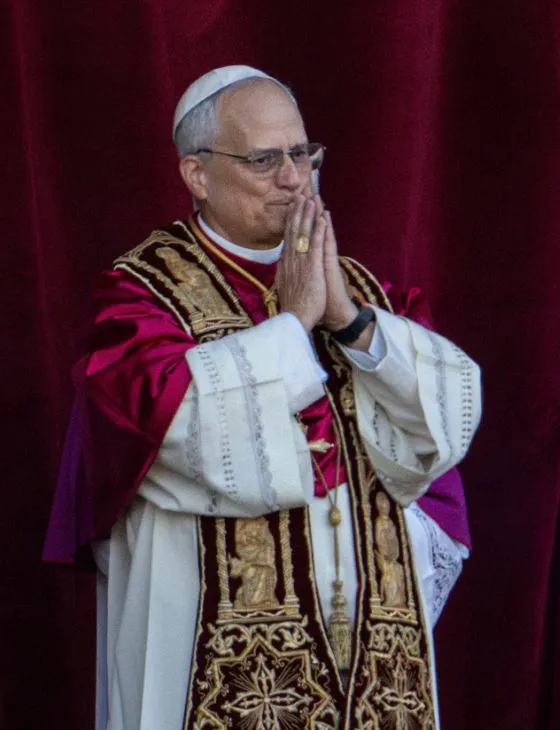
Camerlengo Cardinal Kevin Farrell announced his passing with “deep sorrow,” praising the pope’s life of service and commitment to the Gospel.
He stated, “Our Holy Father Francis returned to the home of the Father at approximately 7:35 a.m. that morning.”
H”His entire life was dedicated to the service of the Lord and of his Church. He taught us to live the values of the Gospel with faithfulness, courage, and universal love, especially for the poorest and most marginalised.
“With immense gratitude for his example as a true disciple of the Lord Jesus, we commend the soul of Pope Francis to the infinite, merciful love of God, One and Tribune.” He added.
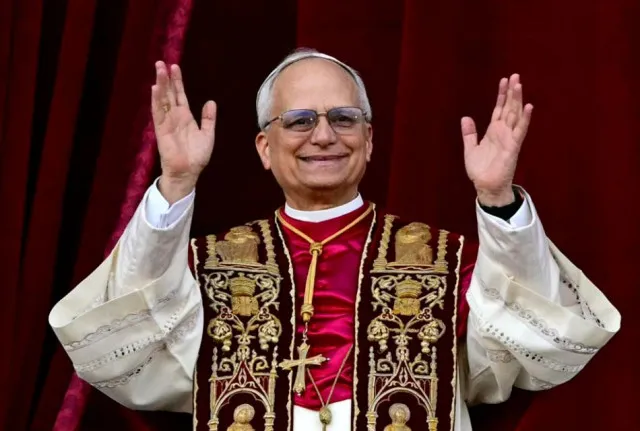
The cardinal praised Pope Francis for championing faith, courage, and compassion—especially toward society’s poorest and most marginalized communities.
White smoke and bells signal new Pope
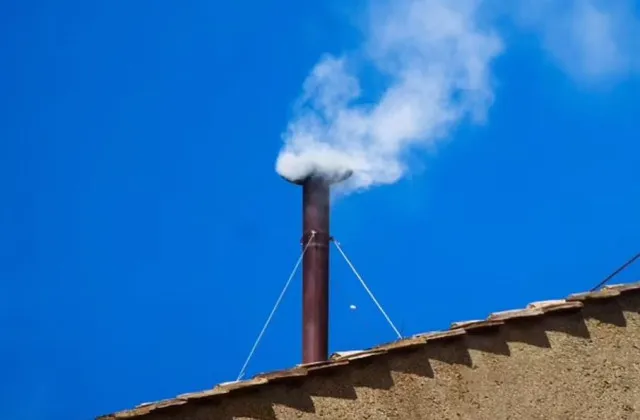
After days of anticipation, white smoke emerged from the Sistine Chapel chimney, confirming the cardinals had chosen the new pope.
Cheers erupted in St. Peter’s Square as church bells rang, signaling that a consensus had finally been reached by the conclave.
The new pontiff will now take on the sacred duty of guiding more than 1.3 billion Catholics around the globe.
Prior to the decision, black smoke indicated unsuccessful votes, keeping the world waiting as the conclave deliberated inside the chapel.
The process took place behind closed doors and followed strict secrecy protocols, as is tradition in papal elections.
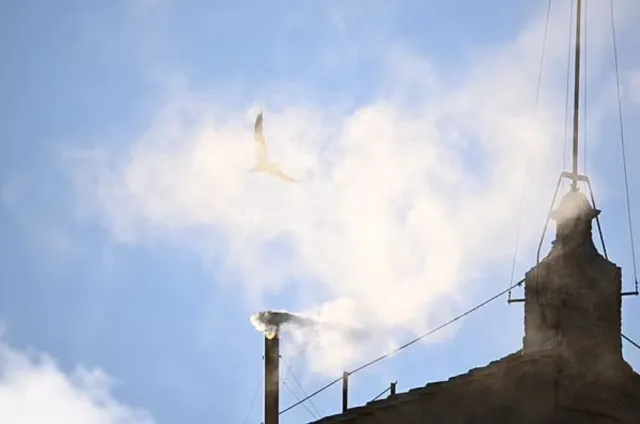
Papal selection follows centuries-old Catholic tradition
The College of Cardinals chose the new pope through a centuries-old process known as a papal conclave.
Cardinals under the age of 80 are eligible to vote. This time, 138 cardinals met the voting criteria.
Cardinals held the conclave inside the Sistine Chapel, casting secret ballots up to four times a day.
A candidate becomes pope only after securing a two-thirds majority, at which point they release white smoke to confirm the decision. Until then, they release black smoke to signal that no agreement has been reached.
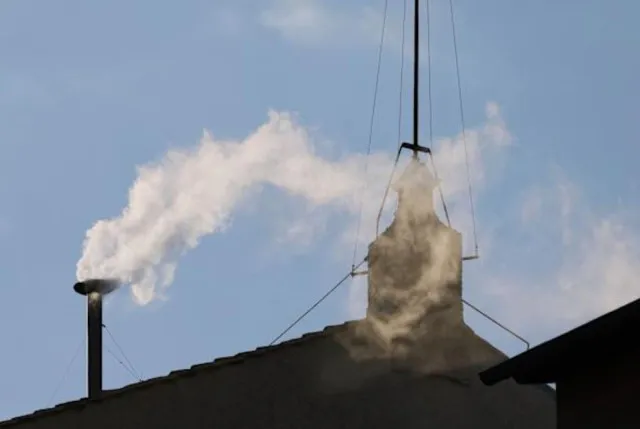
People will remember Pope Francis for his humility, progressive views on inclusion, and commitment to climate change and poverty.
His papacy marked a shift in tone for the Church, urging compassion over judgment and championing support for underserved communities.
Cardinal Farrell said, “We commend his soul to God’s infinite, merciful love. He was a true disciple of Jesus.”
Pope Francis’ death ends a historic chapter in modern Catholicism, leaving behind a legacy deeply tied to empathy and reform.